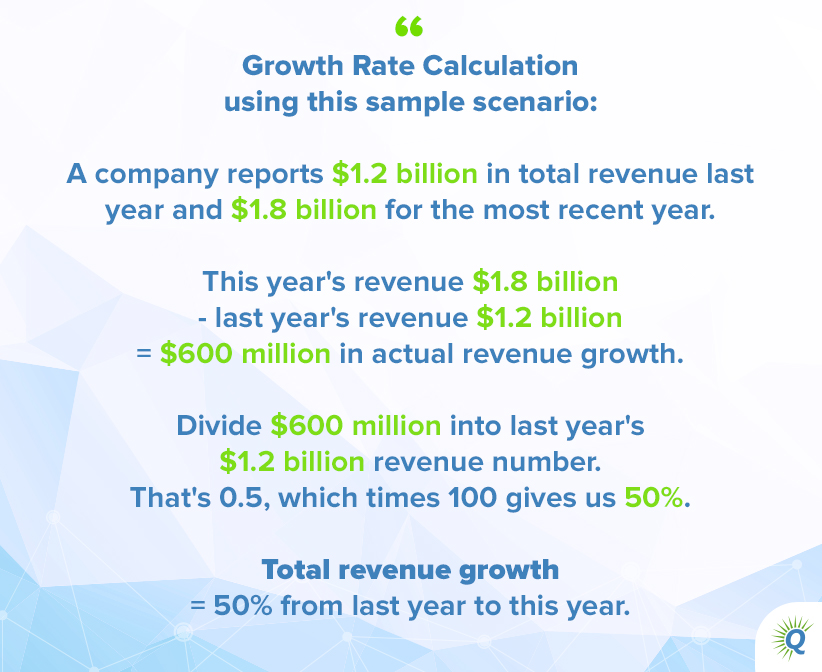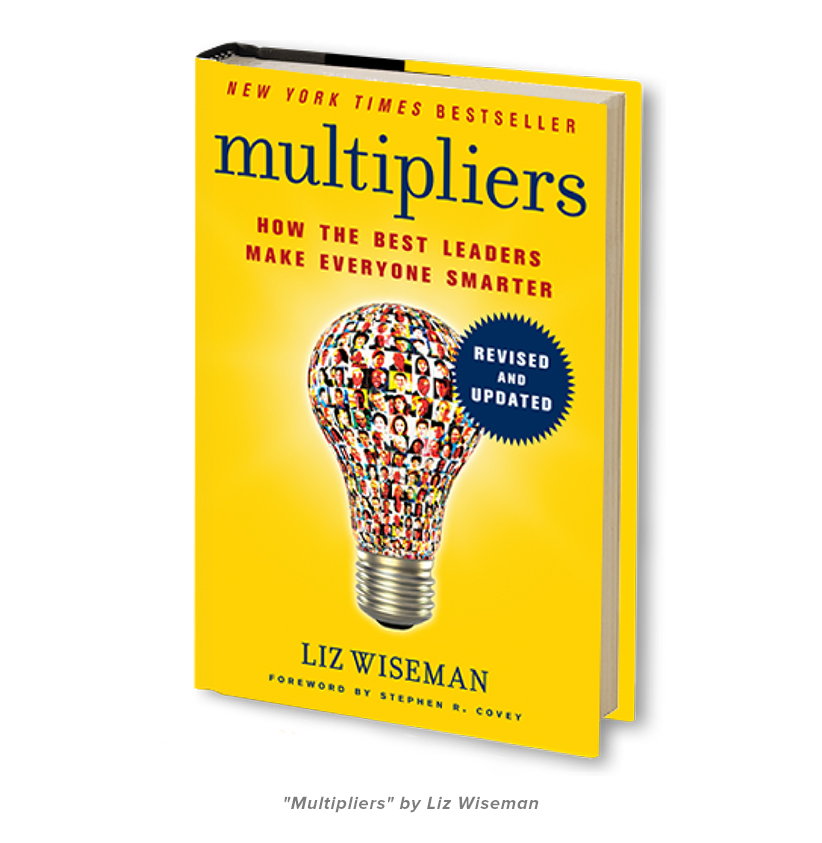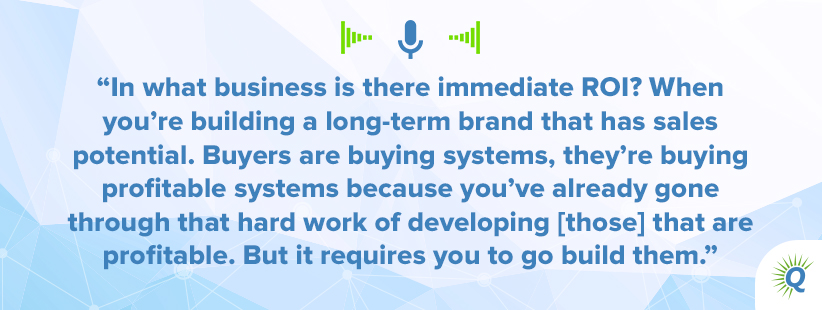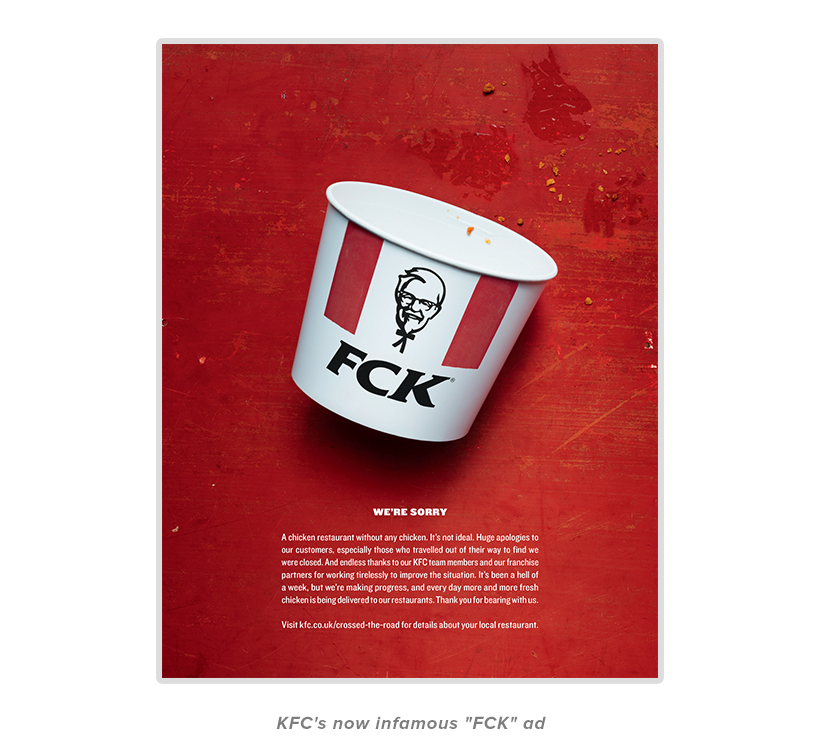Topics:
Never Miss a Beat - Get Updates Direct to Your Inbox
FILTER:


Ryan Daniel Moran Shares His Advice After An 8-Figure Exit
By Quiet Light
Every business’s essential role in the world is the same – to create value.
Or, as Peter Thiel has put it, a business’s role is to create value for its customers or the world at large and then capture a percentage of that value.


All the challenges you face as a business owner are wrapped up in that definition.
Some questions you must ask yourself on the way to building a sellable company:
- What’s the value you produce? And are you communicating it effectively?
- Will the product or service you create now still be valuable in 5 years? 10 years?
- And does the percentage of value you’re able to capture as a business point to sustainability?
Ryan Daniel Moran is a terrific example of an entrepreneur who’s answered those questions successfully multiple times and created two product-based businesses which he exited to the tune of 8 figures.
Ryan has been a founder of and investor in internet-based physical-products brands since 2006. He also runs a podcast, Freedom Fast Lane, and the website capitalism.com.
He willingly admits he learned the best lessons from his mistakes along the way, and a few of those mistakes stand out now as the most important.
For anyone looking to create a sellable company that puts value into the world and into their own lives, we’ll take each mistake one-by-one, dive in, and find the key takeaways you can apply to your own venture.
Here’s what Ryan advises entrepreneurs to avoid:
Focusing on Short-Term Wins
Misunderstanding Your Role as a Leader
Failing to Reinvest Enough in and Diversify Your Advertising
Focusing on Sales Channel Over Audience
Failing to Grasp the Importance of the Brand


When asked to weigh in on the buy vs. build debate, Ryan has his own definition of value-creation:
“I work with a lot of people who are looking for “the system,” and you are the system. You are the machine, and your machine is unique to you. So applying your machine to different opportunities is where value is created.”
Ryan’s definition is essentially a formula that looks like this: You (a unique system) + an Opportunity = Value.
Let’s break that down further and apply it to building a sellable business.
You, the machine, equates to a working collection of parts – your unique worldview, ideas about business, your values, skill set, personality, past experiences, network, and the unique tools you have at your disposal.
The opportunity when it comes to building a sellable business comes from finding a specific problem that you can solve in a unique way for a specific market.


By following this formula and applying yourself with all your unique attributes to the challenge of solving a specific problem, the resulting product will be unique.
It must be. There’s no way that you would solve a given problem for any given market in exactly the same way that I would.
You can’t copy the system from someone else, because the system will be uniquely you. And therein lies the potential for great value.
When any one of us assembles a team, applies our collective perspective, skills, and experiences to a problem, and builds a unique brand based on that, value is born.


That value will be greatly reduced, however, if our focus is on short-term solutions or short-term gains.
Which brings us to mistake #1.


Listen to the Source of this Post:
This blog post is based on a podcast episode that we recently recorded. Listen to the full episode here:Focusing on Short-Term Wins
In ecommerce, focusing on the short-term looks like bringing traffic to a website, for instance.
Focusing on the long-term looks like getting to know your target audience’s needs better, refining the way you communicate with that audience, optimizing your conversion process first.
And then bringing traffic.
In the physical-products space, value is created by applying long-term thinking to solving a unique problem which results in a great product.
But remember that creating value doesn’t end there. As Thiel has pointed out there are two parts to the value equation:
- the x (the dollars of value you create), and
- the y% of that value.
That y variable is a critical part of your long-term strategy.
To have a sellable business, you must capture a healthy percent of the value you create by managing profitability, and you must sustain that value by managing growth.
Think about these primary business activities:
- Inbound logistics
- Operations
- Outbound logistics
- Marketing and sales
- Service
The idea is to manage each one of these activities for both maximum profitability and future growth – rather than for the short-term win.
This is where working on your business rather than in it comes into play.
When you lay a solid foundation made of efficient systems in each area, that frees you up to keep your eyes on the future.
And that means you’re less likely to feel pressured into making short-term decisions – which are rarely good ones.
Plus, when you can engineer the bulk of a company’s value to exist in the future, you have a highly-sellable company on your hands.
What does that look like?
Think Google, once it had developed the technology to become the last search engine standing for some time to come.
In accounting terms, it looks like a growth rate that’s higher than the discount rate.


Ultimately, long-term thinking is about getting out ahead – ahead of the competition, ahead of the customers’ next set of problems, ahead of future cash-flow demands – to build a more valuable company.
Misunderstanding Your Role as a Leader
Many of us, before striking out in business on our own, had plenty of opportunity to study leadership from the bottom up.
And we rarely forget the feeling of being undervalued and underutilized- a sure sign of bad leadership.
As an entrepreneur, there’s probably nothing more frustrating than working for an organization without having your hands on any wheel – it’s like driving with your hands tied behind your back, and usually with similar results.
Imagine a business where everyone’s an entrepreneur at heart, working at their full capacity, with the autonomy to build their own piece of the company’s overall vision.
The type of leadership that makes a business like that possible is the type of leadership that Ryan advises now and wishes he’d known about sooner.
Described in the book, Multipliers, by Liz Wiseman and Greg McKeown, it’s leadership that recognizes the value of other people and utilizes it fully.
According to the book, the qualities of a multiplier (vs. a “diminisher”) include:
- Seeing the genius in others
- Creating the intensity that requires the best thinking from other
- Extending challenges
- Debating decisions
- Instilling ownership and accountability
While the role of a diminisher looks likes the conventional leadership role – someone to make decisions, give answers, and take charge of the results, the role of a multiplier looks entirely different.


According to the authors, multipliers make the people around them smarter. They encourage growth and create environments in which other people thrive.
How do you spot a multiplier?
They don’t give out answers, or, worse yet, pretend to know the answers; they ask challenging questions.
They don’t dominate conversations or planning sessions with their own ideas; they leave lots of white space and allow others to generate ideas.
They don’t accept incomplete work or partial information from others; they expect complete work because accountability leads to independence and expertise.
As business owners and builders, it’s so easy to fall into the conventional leadership role based on a conventional mindset – we’re the one with the idea, or the investment, and we believe the burden of success is ours to carry.
But ultimately, according to the research, that role and mindset is just more exhausting and less effective. The challenge is getting out of our own way, putting ego aside, and making the choice to do things differently.
And the difference is subtler than it might seem at first…
It’s not about taking your hands off the wheel and giving up control of the vehicle, but more about defining the destination and letting everyone drive their own car to get there.
The result? An optimized independent team with better results and a more sellable company – more sellable because it’s not dependent on one person to function.
Failing to Reinvest Enough in and Diversify Your Advertising


Ryan may be one of the first people you’ll hear say that looking back, he wishes he’d spent more.
But he makes a great point.
Once you learn your way around one advertising platform, it’s easy to get comfortable and stop there.
Taking on new ad platforms requires experimentation and money in the short term but pays off in the long term.
Diversity minimizes risk for a future buyer, so the more diverse your ad channels, the more valuable your company.
Plus as customers’ behaviors have changed, and we’ve gotten better at collecting data on that behavior, it’s become more important and effective to create cross-channel addressable experiences.
And that brings us the next mistake to avoid, which relates to customer experience.
Focusing on Sales Channel Over Audience
Focusing only on one sales channel is a sure way to weaken your company. Ryan advises entrepreneurs to stop placing so much emphasis on the sales channel and focus on the audience first.
In this omni-channel world, the idea is to know your audience and then reach them with the right message at the right time. Where do they already buy?
Know the answer to that question and make it easy for them to buy there, eliminating as much friction as possible.
Ryan advises that you communicate with your audience in the right way where they already are, and then, yes, send them to Amazon, if Amazon is the easiest way to get the product in their home.
The goal is to get the product in their home… The first step on the way to that goal is knowing your audience well.
As I mentioned above, this is what addressable cross-channel campaigns do best. With the right data, your own plus third-party, you can get to know your audience’s habits and behaviors and then deliver that more relevant, more personalized experience.
Results have shown that this type of strategy can pay off big once you get it right, which translates to a highly valuable company for a buyer who’s looking for systems already in place.
Think of addressable cross-channel marketing as one-on-one marketing at scale.
The goal is to optimize your message based on data-driven insights and testing and then reach customers with it across channels and devices.
And speaking of your message, that brings us to the final mistake to avoid.
Failing to Grasp the Importance of the Brand
In his book, Zero to One, Peter Thiel says that, “every business is successful exactly to the extent that it does something others cannot.”
Although he wasn’t referring to branding when he wrote that, I think it summarizes the importance of your brand perfectly.
If you’re building a sellable company, you’re building a brand.
Not just selling products.


According to Ryan, you cannot overemphasize the importance of brand loyalty – the very basis of the customer experience.
Those businesses who can get away with selling products without properly building brand loyalty are simply selling a commodity – like farmers at the mercy of the weather. It’s an insecure foundation on which to build and makes for a less valuable company for a buyer.
So understanding your brand and building loyalty around it is critical.
More and more with today’s customers, you build that brand loyalty to the extent that you can effectively communicate trust.
Oddly enough, while social media is widely derided as everyone’s highlight reel on the personal level… at the same time it has created the imperative for transparency on the public field of business. Everything becomes public sooner or later.


When you can communicate trust through transparency, you enhance the value of your business and help solidify brand loyalty.
Consider these examples:
- Operations: Hubspot publishes its Culture Code, a slide deck that shares access to documents from its management meetings and board meetings.
- Product: Many independent cosmetics companies go beyond listing ingredients to publishing complete information about the source of those ingredients. Mattress companies show footage on their website of stages of the manufacturing process and interviews with the workers who help make the product.
- Cost: Publishing platform, Ghost, publishes its complete financials on its site.
Because your brand is unique, there’s no formula for transparency, but when it arises naturally out of your company’s unique blend of components – from your vision and leadership to the talents of your team and your systems and messaging – it brings value that can’t be replicated.
Which is exactly what buyers are looking for, and exactly why businesses exist to begin with.





